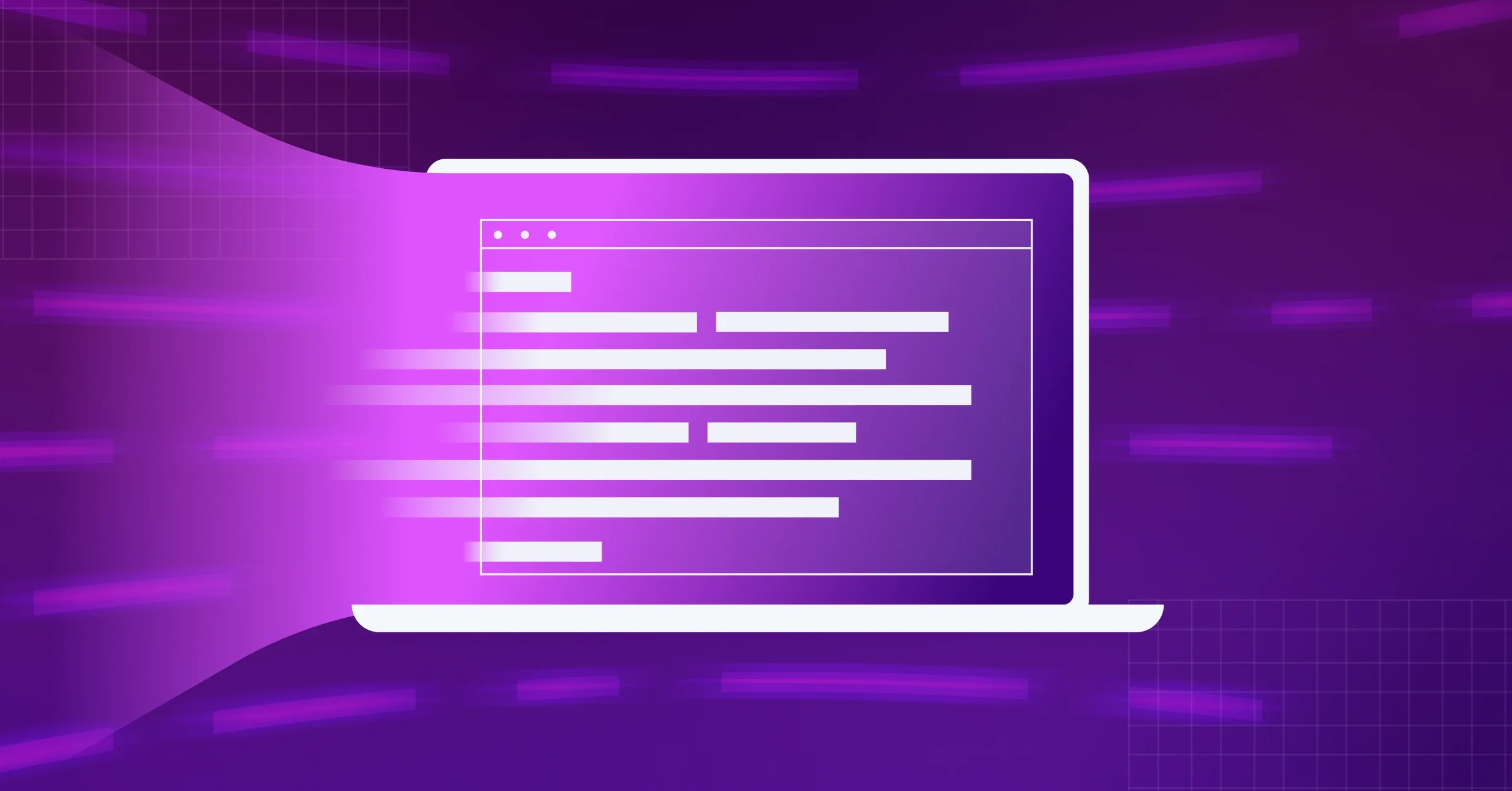In the ever-evolving landscape of software development, the concept of technical debt looms large, casting a shadow over projects both large and small. It represents the compromise made between short-term expediency and long-term sustainability, often resulting in a trade-off between development speed and code quality. In this comprehensive exploration, we will delve deeper into the multifaceted impact of technical debt on software projects and explore how Sonar solutions offer a proactive approach to managing and mitigating its effects, ensuring the success and longevity of software projects in a rapidly changing environment.
Understanding Technical Debt
Technical debt is the invisible price tag attached to decisions made in the heat of development sprints. It accumulates when teams, driven by the ticking clock of deadlines, resort to quick solutions instead of crafting well-thought-out, maintainable code. This debt, much like its fiscal analog, accrues "interest" over time, which results in more complex, less flexible, and lower code quality. It makes the development process harder, slows down work, and makes it difficult to see the best way forward.
Technical Debt Impact on Development Speed
The irony of technical debt is that while it's supposed to speed things up initially, it often does the opposite. It’s like trying to run through a maze blindfolded; you might make quick progress at first, but eventually, you're going to hit a wall. Developers find themselves navigating a labyrinth of their own making, slowing down as they try to make sense of rushed code and patch things up. This can lead to projects missing their mark, timelines stretching thin, and a whole lot of developer headaches.
As technical debt accumulates within a codebase, the once-smooth development process begins to grind to a halt. Developers find themselves entangled in a web of convoluted code, spending an increasing amount of time deciphering undocumented logic, untangling spaghetti code, and patching up hastily implemented features. These inefficiencies result in delayed project timelines, missed deadlines, and a pervasive sense of frustration among development teams. Moreover, as technical debt compounds over time, the velocity of development further diminishes, leading to a downward spiral of productivity and morale.
Code Quality Concerns
Beyond its impact on development velocity, technical debt poses significant challenges to code quality. Code that is hastily written, poorly structured, or lacking proper documentation is more prone to bugs, vulnerabilities, and maintenance issues. As technical debt accumulates, the codebase becomes increasingly fragile and susceptible to instability, making it difficult for developers to maintain, extend, or refactor. Moreover, the presence of technical debt perpetuates a cycle of firefighting, where developers spend more time addressing existing issues than building new features or enhancing functionality. This vicious cycle not only stifles innovation but also undermines confidence in the software's reliability and robustness.
Sonar’s Proactive Approach to Technical Debt
In the face of these pervasive challenges, Sonar offers a proactive solution that integrates seamlessly into the software development lifecycle. This approach not only ensures high-quality code but also maintains the agility of development teams.
Sonar’s tools and methodology ensure seamless, end-to-end quality assurance from IDE to deployment, thur proactively managing existing technical debt and preventing future accumulation:
- Clean as You Code Methodology: emphasizing real-time adherence to high coding standards, this strategy employs a comprehensive set of over 5,000 rules spanning 30+ languages and frameworks. It enables developers to quickly identify and correct issues, effectively preventing the build-up of new technical debt and facilitating the gradual improvement of their codebase over time.
- Automated Code Reviews: with Sonar’s highly accurate analysis engine, developers receive immediate, actionable feedback on every Pull Request. By pinpointing vulnerabilities and bugs early on, this mechanism drastically curtails the potential for technical debt, reducing the necessity for time-consuming corrective measures later in the development process.
- Gated Quality Assurance: Sonar implements Quality Gates as a stringent checkpoint before the release of any code, verifying adherence to established quality benchmarks, including the absence of new blocker issues and the achievement of over 80% code coverage on new additions. This practice guarantees a uniform quality standard, effectively safeguarding against the emergence of technical debt.
By adopting these practices, development teams can maintain a consistent code quality throughout the CI/CD pipeline, fostering a culture of clean coding and continuous improvement. SonarSource’s tools and methodologies not only streamline development workflows but also provide stakeholders with valuable insights for informed decision-making, embodying a comprehensive approach to mitigating technical debt.
Conclusion
In conclusion, technical debt remains a formidable challenge in software development, with far-reaching implications for development speed and code quality. However, by acknowledging the impact of technical debt and embracing proactive solutions like Sonar, development teams can mitigate its effects and build software that is resilient, reliable, and scalable. With Sonar's solution, development speed can be accelerated, and code quality can be maintained at a high standard, ensuring the success and longevity of software projects in an ever-evolving digital landscape. As organizations continue to navigate the complexities of software development, Sonar offers a path toward sustainable development practices and lasting success.


